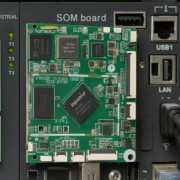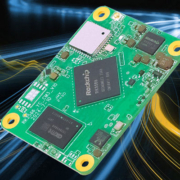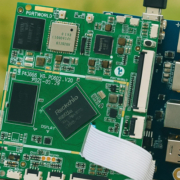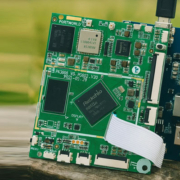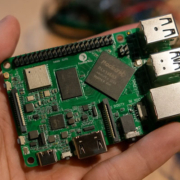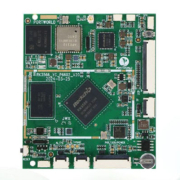Difference Between Smart Home SoM Board and SoC Board
In the development of smart home devices—such as control panels, gateways, or automation hubs—choosing the right hardware architecture is critical. Two popular terms often come up during the product development phase: SoM (System on Module) and SoC (System on Chip). While they may sound similar, they refer to different levels of integration and application.
Understanding the difference between a Smart Home SoM board and a SoC board is key to building a reliable, scalable, and cost-efficient smart home product.
What is an SoC?
SoC (System on Chip) is an integrated circuit (IC) that consolidates most or all of the major components of a computer system into a single chip. This includes:
- CPU (e.g., ARM Cortex-A55)
- GPU (e.g., Mali-G52)
- Memory controller
- I/O interfaces (SPI, I2C, UART)
- Multimedia processing (Video encode/decode)
- Sometimes NPU (Neural Processing Unit)
In Smart Home Context:
SoCs like Rockchip RK3566, Qualcomm QCS610, or NXP i.MX8 power many embedded devices including touch panels, sensors, and smart hubs. However, SoCs need additional hardware (RAM, storage, power, etc.) to function, which makes them more suitable for integration into custom-designed PCBs.
What is a SoM?
SoM (System on Module) is a complete computing module that contains an SoC plus essential components required to run an OS or perform complex processing. A SoM typically includes:
- The SoC itself
- RAM and storage (eMMC or NAND flash)
- Power management
- Networking interfaces (Wi-Fi, Ethernet)
- Often pre-certified wireless modules
- Linux/Android bootloader and BSP (Board Support Package)
SoMs are usually mounted onto a carrier board or baseboard, making it easy for developers to customize the I/O or connectors without redesigning the entire computing core.
Key Differences Between Smart Home SoM Board and SoC Board
| Feature | SoC Board | SoM Board |
|---|---|---|
| Definition | A chip that integrates CPU, GPU, NPU, etc. | A module containing an SoC plus memory, power, and interfaces |
| Level of Integration | Low – chip-level | High – module-level (plug-and-play) |
| Development Complexity | High – requires full PCB design | Lower – reuse existing SoM, design only carrier board |
| Time-to-Market | Slower | Faster |
| Flexibility for Customization | High but complex | Moderate with easy customization via baseboard |
| Software Support | BSP/SDK needed from scratch | Often comes with ready BSP, Linux/Android pre-installed |
| Use in Smart Home | Used in mass production with optimized PCBA | Ideal for prototyping or flexible product lines |
| Examples | RK3566 bare chip on a custom board | Portworld YC-P6602 SoM with RK3566 pre-mounted |
When to Use a SoC Board vs a SoM Board?
✔ Use a SoC board when:
- You have high-volume production and can afford full custom PCB design
- You want tight control over cost and components
- Your team can handle hardware design and software integration
✔ Use a SoM board when:
- You need to speed up development and reduce risk
- You require reliable, tested modules
- You want to easily switch between Linux, Android, or Buildroot
- You’re building smart home control panels, AI voice assistants, or IoT hubs with modularity in mind

